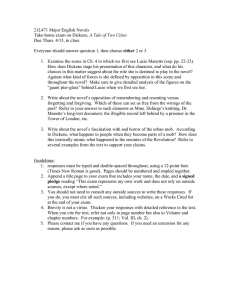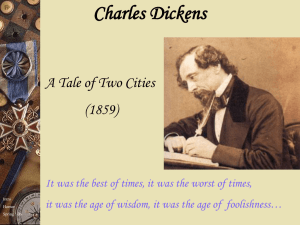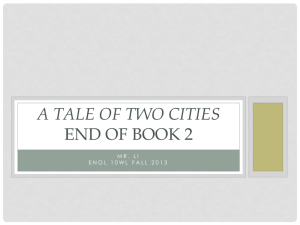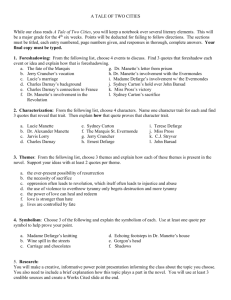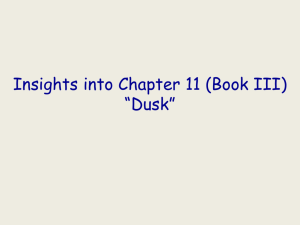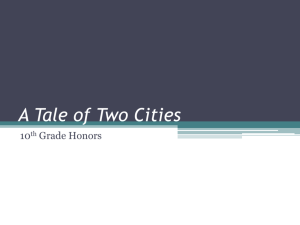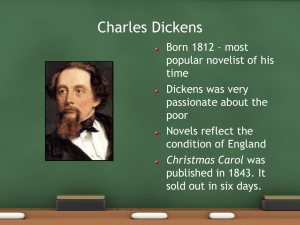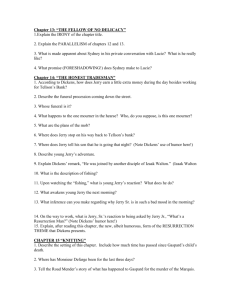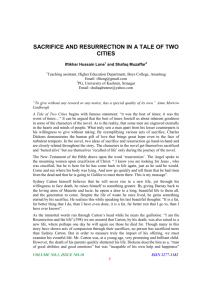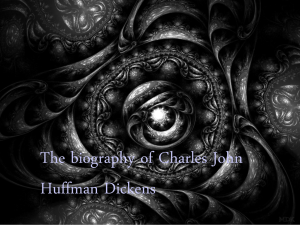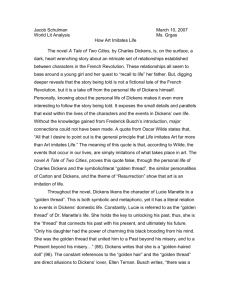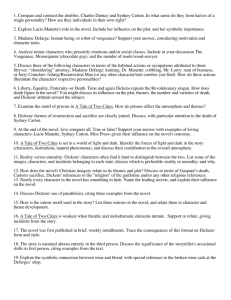TTC - Notes on Afterword - Swindells
advertisement
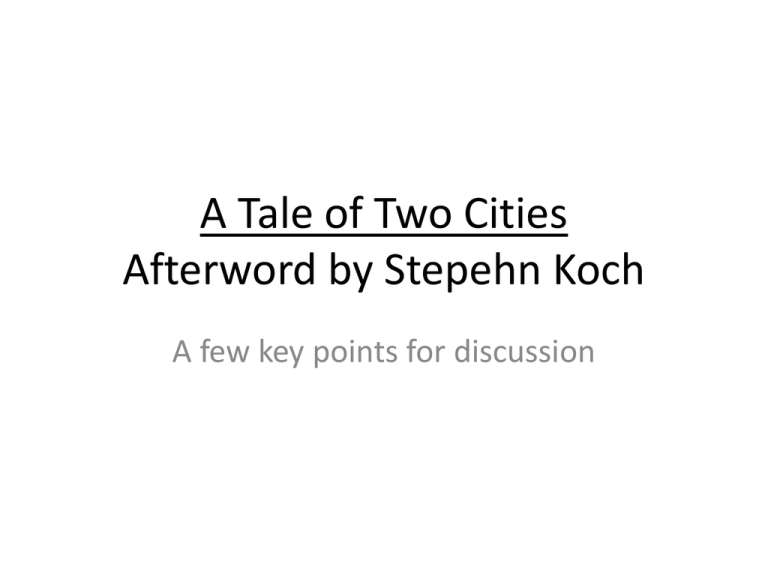
A Tale of Two Cities Afterword by Stepehn Koch A few key points for discussion Koch writes that the primal crime committed in the novel is rape: Pg. 383: “…may be a novel about revolution. But it is also a novel about rape.” Pg 384: “It is surprising how many readers almost miss the crime…” “…Yet for many, it slips right by.” Doctor Manette's being "buried alive" in the Bastille is a literal concealment of the rape, which the narrative mimics not only by not referring to it until nearly the end but also by cloaking it in the symbolic phrase "the substance of the shadow.“ "Dickens himself drapes the crime in yards of symbolism and Gothic obscurity," the crime that "initiates the novel's entire cycle of violence and guilt.” Revolutionary terror and “La Guillotine” are both portrayed as feminine: Pg 391: “La Guillotine. Note how often Dickens insits that the instrument of vengeance is feminine.” Pg. 391: “Both Madame DeFarge and her sidekick, The Vengeance, are more implacable than their husbands.” Both are women. Pg 392: Dickens’ daughters conceded that their father “did not understand women.” Lucie Manette: Dickens’ model of the perfect woman? The Vengeance and Madame DeFarge are perfectly evil women… Lucie is perfectly good. Pg 392: Lucie “is a flawless paragon of sweetness and love” Pg 392: What makes her this way? The “happiness or sadness of others, above all of her husband and father.” This feels very outdated today. Pg 392: Lucie is “unbelievable and unbearable.” Sydney and Charles: Two halves of one man? Read on page 393 What has Sydney actually done wrong? Pg 386: “He is in fact among the best bad men in all literature.” Pg. 386: “We are told…repeatedly… that Sydney is bad… Sydney constantly calls himself bad.” His crime seems to be his own despair. Sydney gives up. His sacrifice at the guillotine trades his life for the (more valuable?) lives of Charles and Lucie. Dickens does not support the revolution OR the previous ruling class Find examples that show Dickens supports neither.
